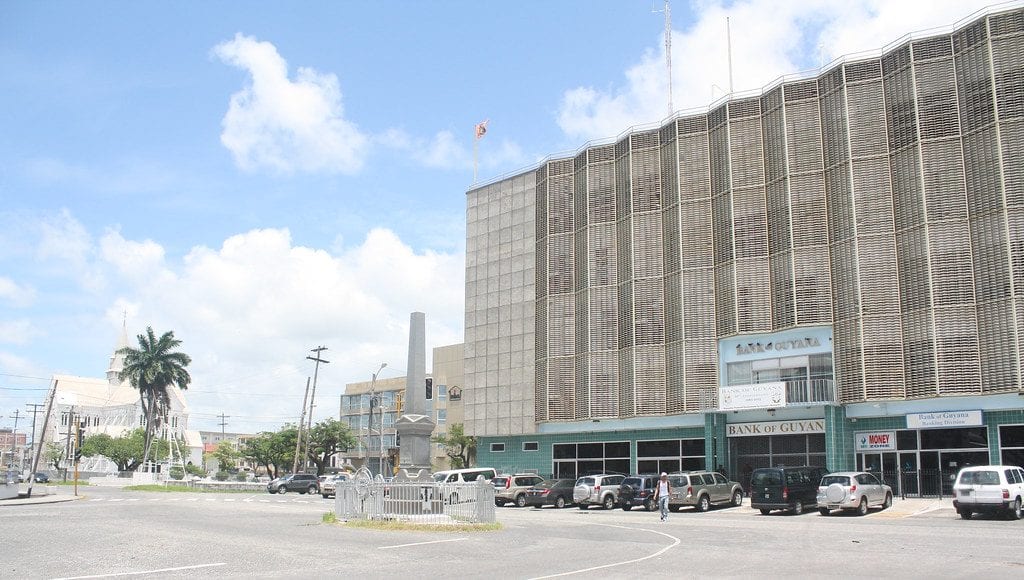Guyana’s economic prospects remain bright in face of the COVID-19 pandemic and falling oil prices. The one potential pitfall continues to be the unresolved elections held on March 2 for which a winner still cannot be determined. Allegations of electoral fraud have prompted the United States to signal possible sanctions if a government is put in place in the absence of a transparent process.
Caribbean economist, Marla Dukharan’s recent analysis of the Global and Caribbean region’s economies at the end of the first quarter has underscored the impact of low break-even rates for oil production from the Liza field in Guyana’s Stabroek Block, in face of historically low and falling prices. This, in large part the economist said, will lend to Guyana being the only country in the Caribbean Region that will register positive economic growth this year.
Dukharan gave her assessment in a report at the end of the first quarter and juxtaposes the economic positions of the region with the fact that a fall in oil prices was inevitable this year based on the fact that the global economy was already in recession last year.
Elections stalemate, COVID-19 present risks for Guyana despite fast-growth – World Bank
In a webinar broadcast on Wednesday, Dukharan said that the global economic contraction could still plunge well below its previous estimates.
The situation, she said, is compounded by the advent of the COVID-19 and its ‘sudden-stop’ impact, that has reduced global oil demand further by an estimated 10%.
This, in an already oversupplied international market.
Fiscal Space
According to Dukharan, countries in the region that are best positioned to weather the crisis are those that have the fiscal space and external buffers to implement countercyclical policy and noted that in Guyana—according to the International Monetary Fund (IMF)—commodity exports account for 85% of total exports.
This is reflective of a similar case with exports earnings share of foreign exchange for Suriname.
In Trinidad and Tobago (T&T) oil, gas, and petrochemicals account for over 70% of exports of goods and services.
She said the effect that the compounded crisis will have on each country also depends on prior conditions and the economic structure and degree of diversification of the individual economies and added that the collapse in commodity prices and tourism activity has dramatically damaged “the prognosis overall.”
Dukharan reminds however that based on IMF projections, Guyana will be the only economy that will register positive growth.
Guyana remains a bright spot in oil’s universe but politics could change the outlook
Dukharan disclosed that, “originally that number (GDP growth) was supposed to be somewhere around 86% and now they are looking at 52.8% partly based on some of the political challenges they had and continue to have but also mostly because of the oil price effect which is probably going to have an effect on production as well.”
The economist had cautioned in her report, that the effects of the crisis will be magnified for the oil exporters and pointed to T&T, Suriname and Guyana.
Meanwhile, the Inter-American Development Bank (IDB) has said the pandemic coupled with low oil prices and Guyana’s elections conflict are expected to have deep implications for the country’s revenue outlook and GDP growth estimates for 2020.
A full recount of the votes cast in the March elections is expected to get underway soon which could potentially bring some closure to the South American country’s political crisis.



